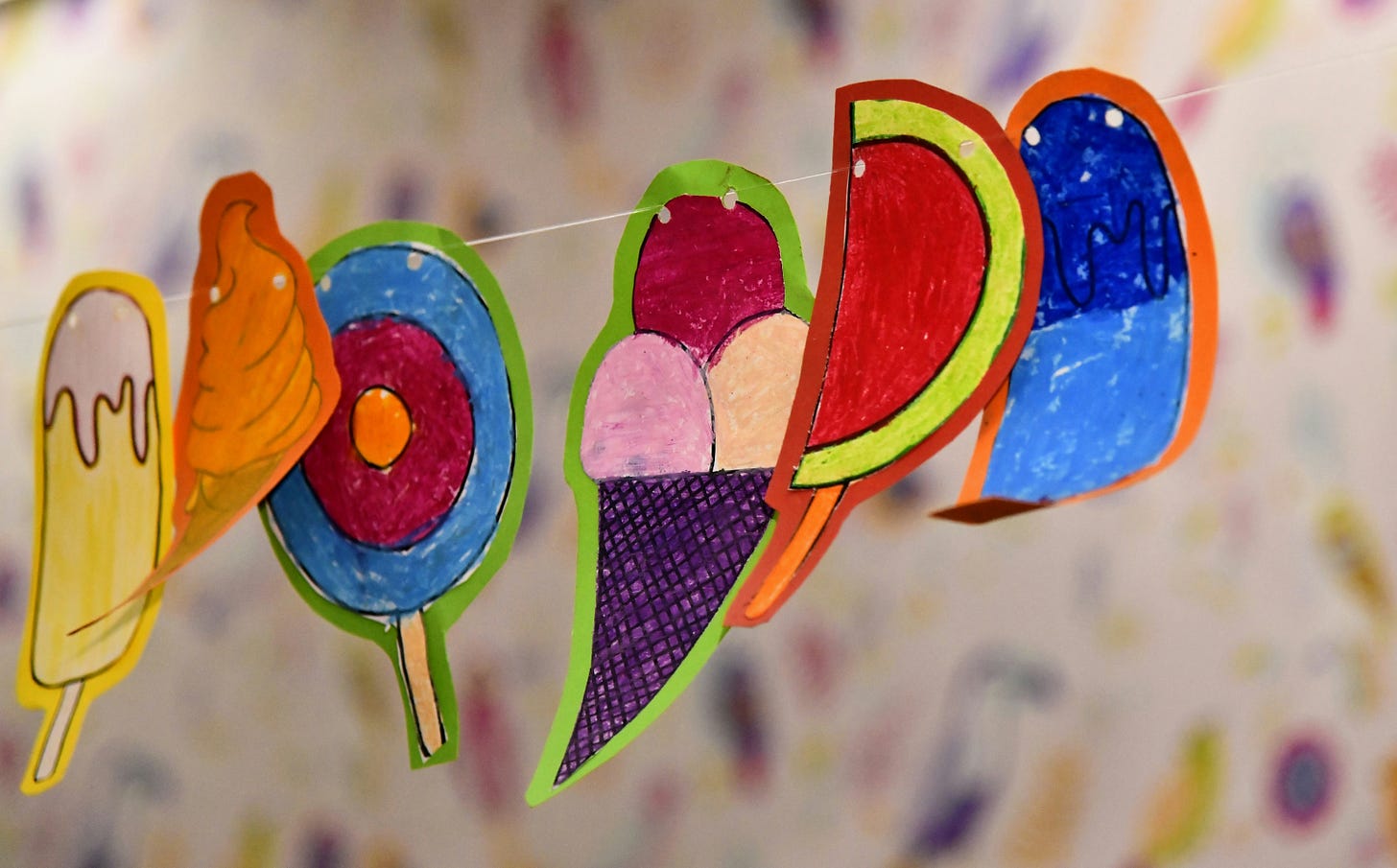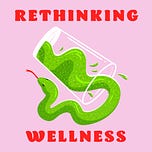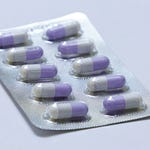
I was working on this Q&A before the recent election made other questions feel much more pressing (like the one I answered last week). But I think this one is still very relevant to the current moment, in that it illustrates the stark divide between wellness-culture arguments and science, and the importance of taking a critical and nuanced approach—all important things to keep in mind in the years to come, as misinformation about health and wellness (and probably many other areas of science) continue to proliferate.
The question is about food additives and ADHD. The top-line answer is available to everyone, and paid subscribers can read the whole thing for full context. You can also ask your own question here for a chance to have it answered in an upcoming edition.
Can you provide insight to any impact food colors/additives have on ADHD? Is there a correlation or is it just BS?
FYI: my answers here are for educational and informational purposes only, aren’t a substitute for medical or mental-health advice, and don’t constitute a provider-patient relationship. Also: I’ve never taken money from “Big Food/Beverage” or worked with them in any way, and I never plan to.
There’s a longstanding myth in wellness culture that artificial food colorings and other additives cause ADHD, but the science doesn’t bear it out. Still, although food dyes aren’t responsible for giving people ADHD in the first place, there’s some evidence from randomized controlled trials that consuming artificial colorings may lead to a small increase in behavioral issues in a small subset of kids with ADHD. The research on other additives is much sparser and includes a number of dubious studies, though again, a small subset of kids with ADHD may respond to a more extensive elimination diet (or this finding may be simply the product of biased research). There’s very little data on these questions in adults, but the same issues likely apply.











